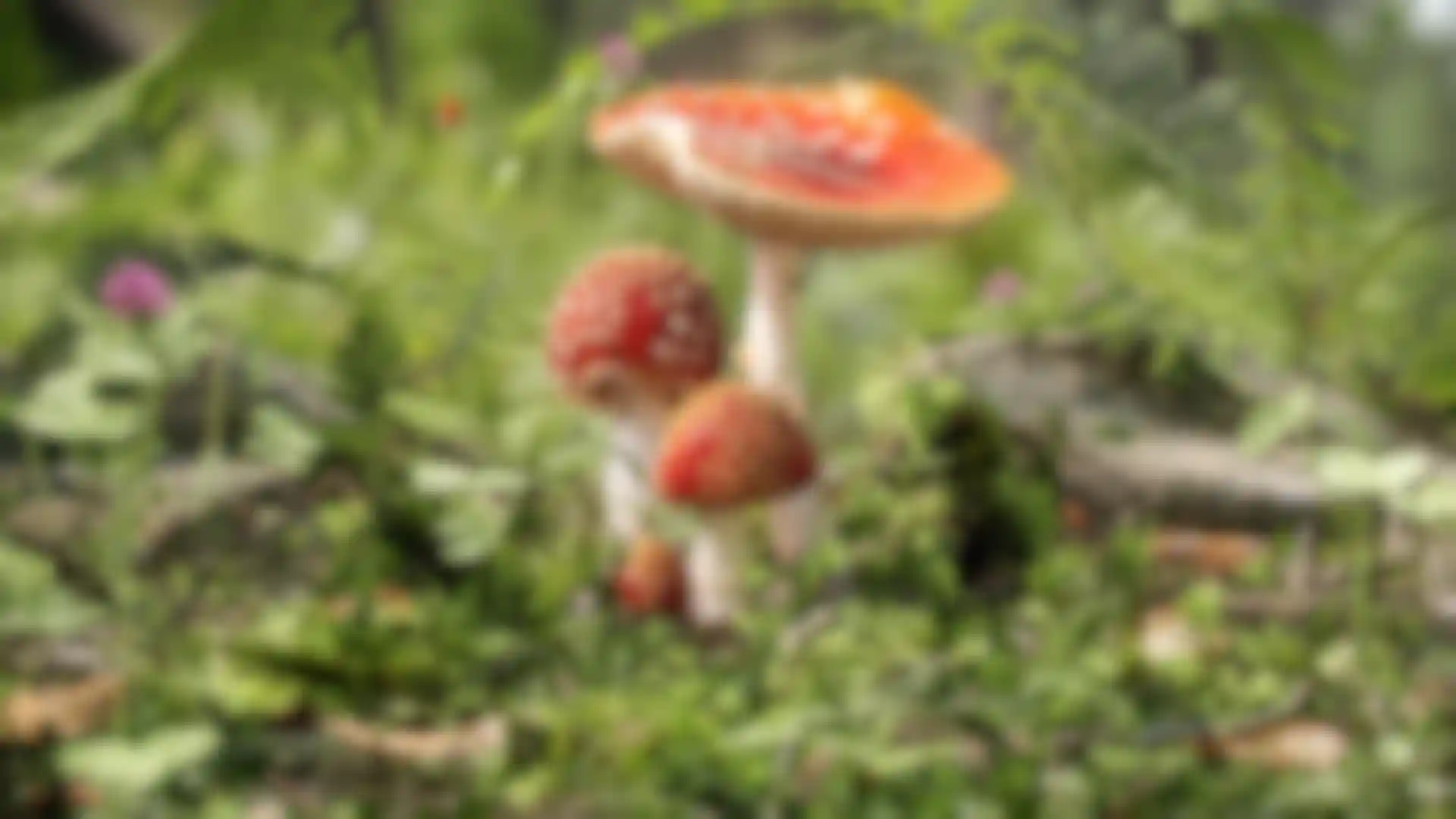
Growing a Future Ecovative’s launch video uses 3D to help showcase a new platform of renewable manufacturing, all grown from the fungi under our feet.
New York-based Ecovative has pioneered a way to create everyday products, like leather, plastics, meat and more from hemp bound together with mushroom mycelium. To help launch the company’s clean-growing revolution, Ecovative tapped Los Angeles-based VantageFilms and Superfly Studios in Buenos Aires to help visualize their process in an engaging and understandable way.
Using Cinema 4D, ZBrush, Houdini and more the two studios created a brand film that beautifully illustrates how the company’s technology works and could be scaled up to produce a wide range of Earth-friendly products.
“Mycelium is a super material platform,” explains Vasil Hnatiuk, founder and creative director of Vantage Films, “so we proposed basing the entire video around that theme and there was plenty of back-and-forth between all of us to craft the message the way we wanted it.
The Power of Fungi
The root-like structure of fungi, mycelium is a renewable biomaterial hidden right beneath our feet and given the right conditions, it can be grown with specific textures, thicknesses, porousness and shapes.
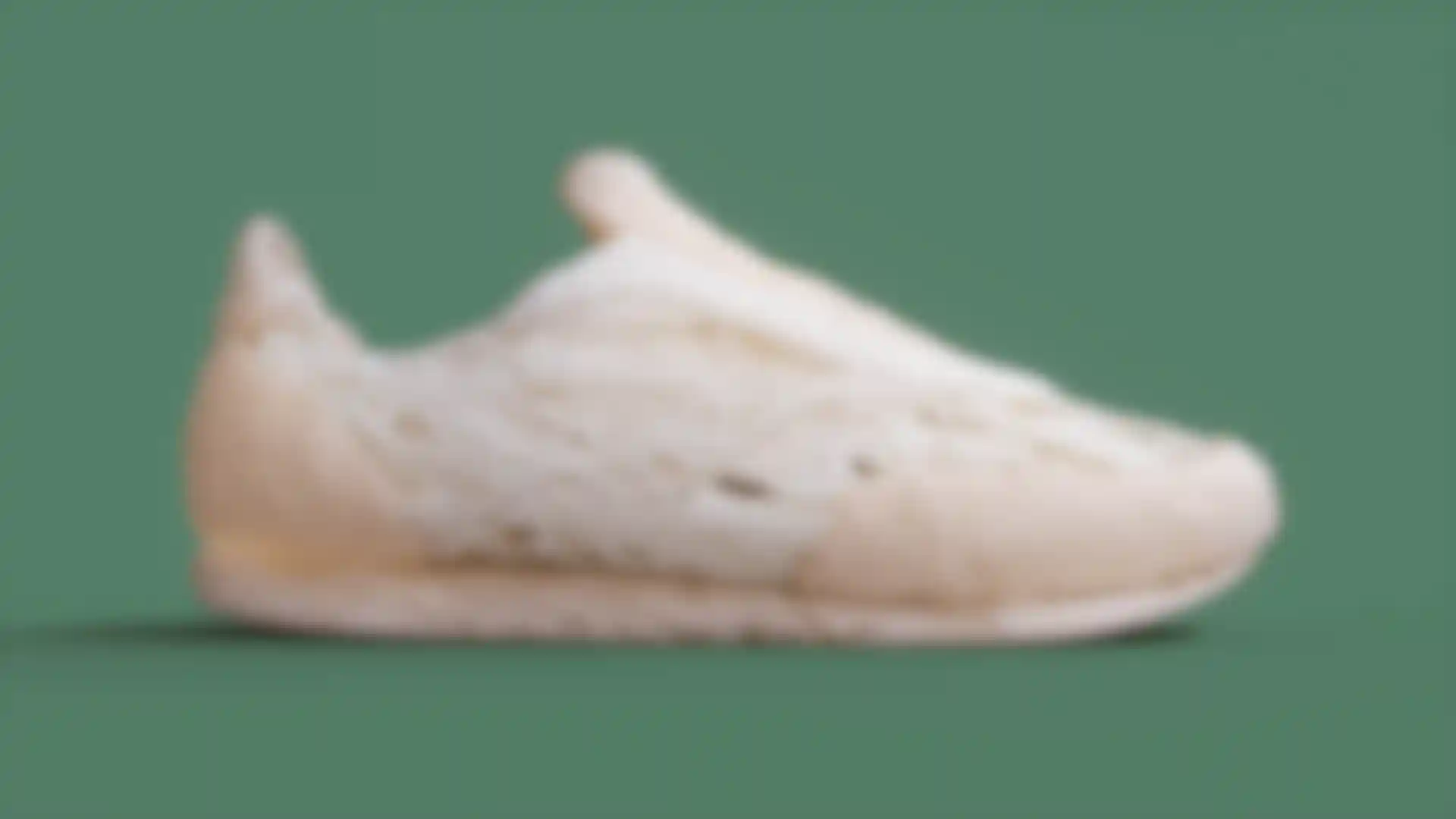

Cinema 4D was the project’s main workhorse for modelling and building out scenes, says Superfly’s Denis Sibilev. “But we also brought in other programs like Houdini and ZBrush because we needed to sculpt the mushrooms and the blocks, which required a wider suite of software that could work together.” The production team used the Alembic file format to transfer the simulations between applications.
All together, Vantage and Superfly created over 30 unique scenes showcasing many different potential products while also showing the complex nature of mushroom’s root systems in the forest.
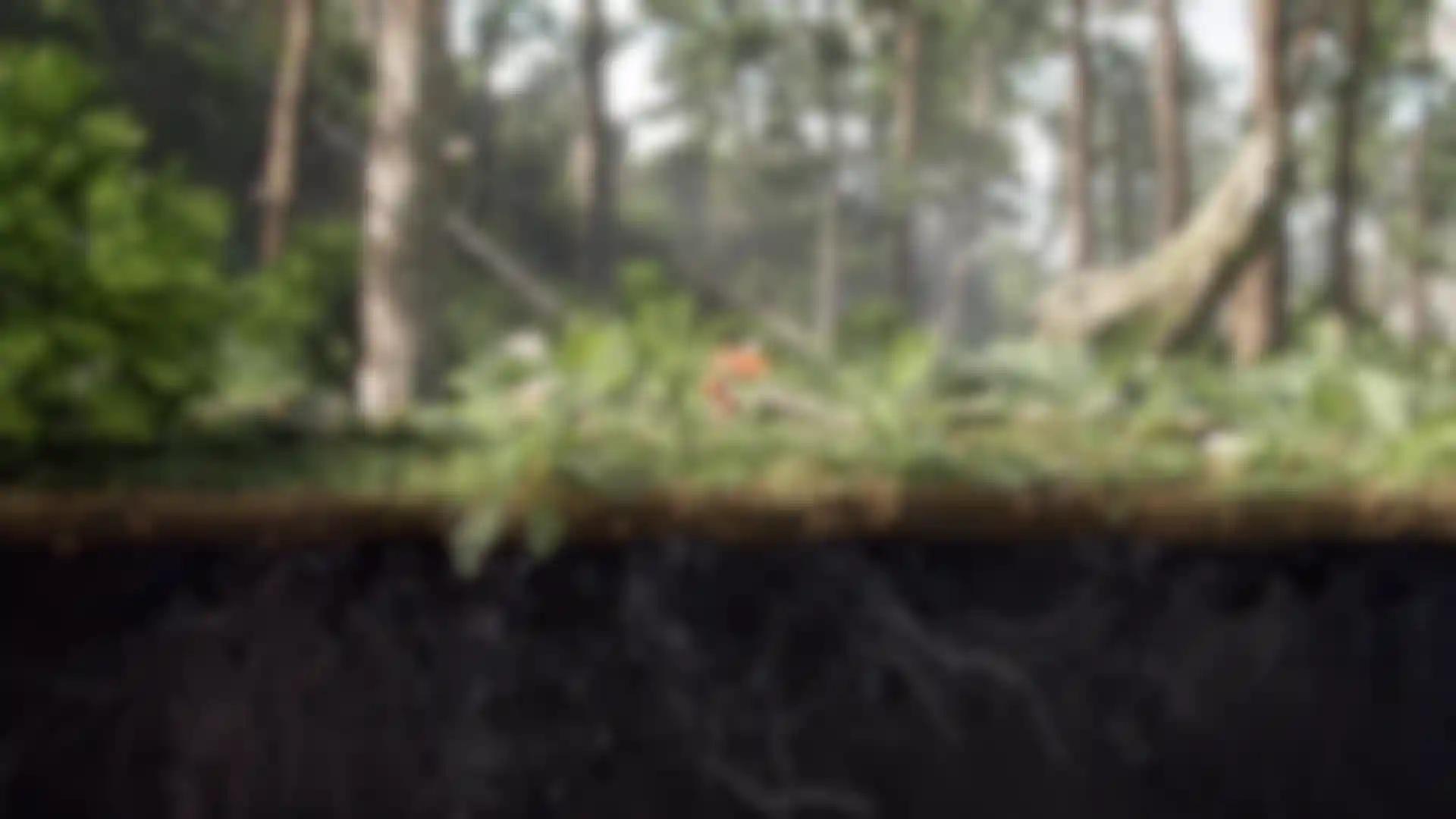
One of the most challenging products to visualize was the lounge chair, a very heavy Alebmic file that was successfully rendered using Redshift. “We were trying to play around when the camera finished its pull back and those particles of mycelium needed to grow at the same time, which was very challenging, “Hnatiuk recalls.
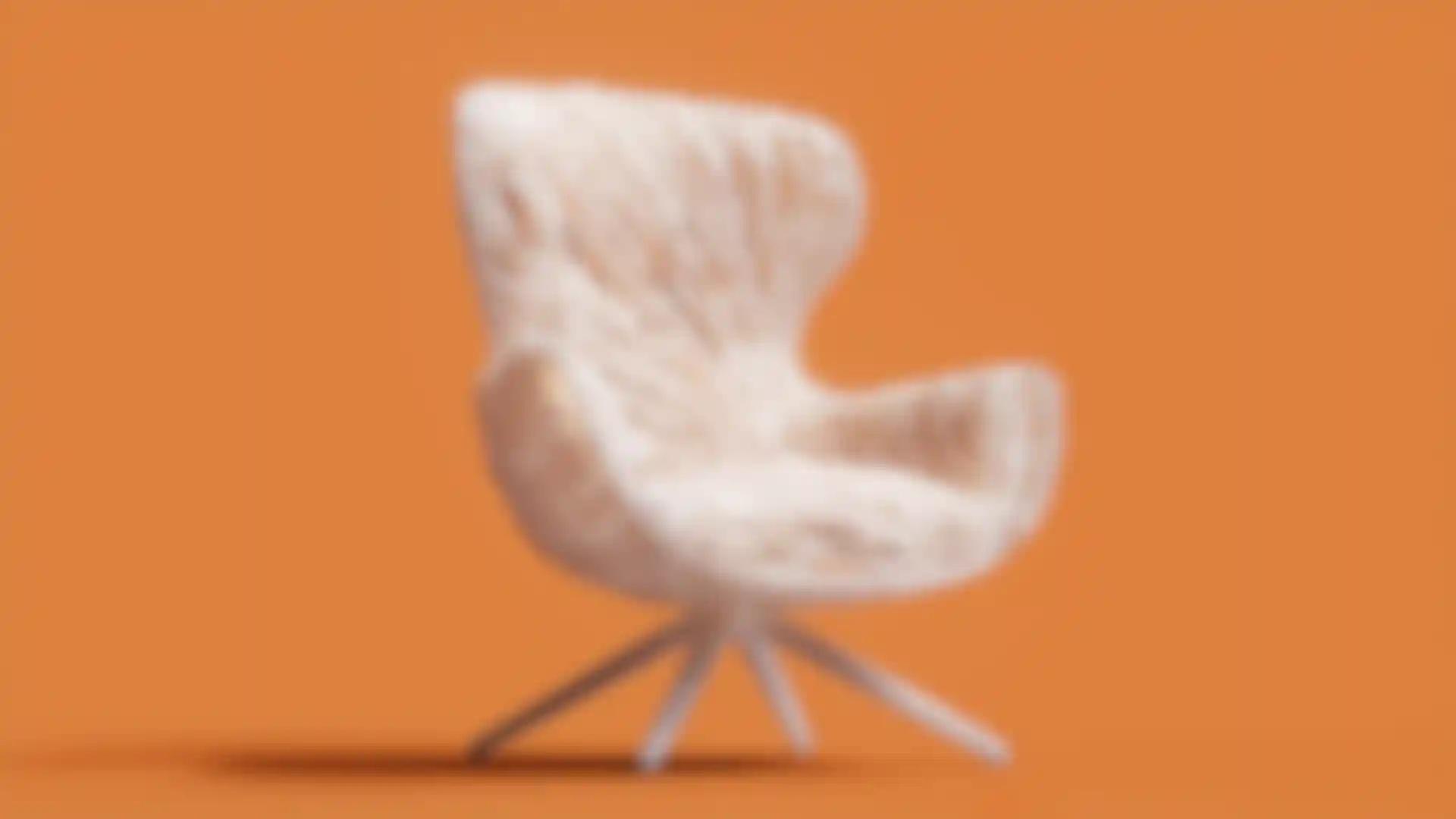
It was also challenging to visualize how the fine tendrils of mycelium fill up different types of blocks or forms to create various products. “As the bricks fill up, we needed to show how something could become a solid piece of material, explains Sibilev, who says the Superfly team used Substance 3D and Redshift to create that transition in between empty and full.
Volume Builder and Volume Mesher were used to quickly create the forms and unusual, more challenging shapes.
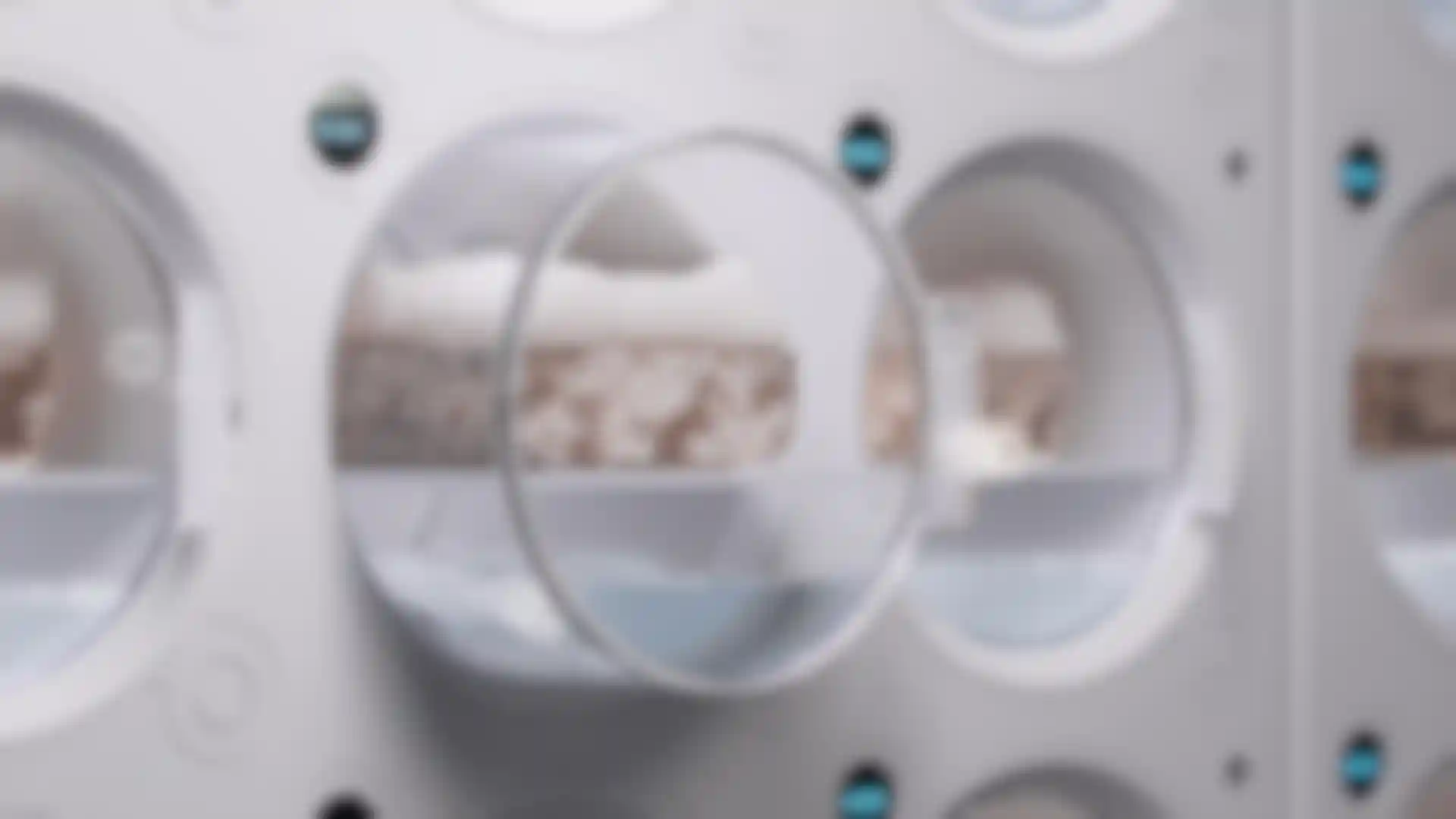
“We wanted to tell a story of a better world that can be created with these new emerging technologies.”– Vasil Hnatiuk
“We wanted to tell a story of a better world that can be created with these new emerging technologies,” Hnatiuk says. “Our work has been shown at conferences in the biotech industry, and we really believe that biology can help us save the planet. We're using that driver to tell the story of biology and how it can be beneficial to humans.”